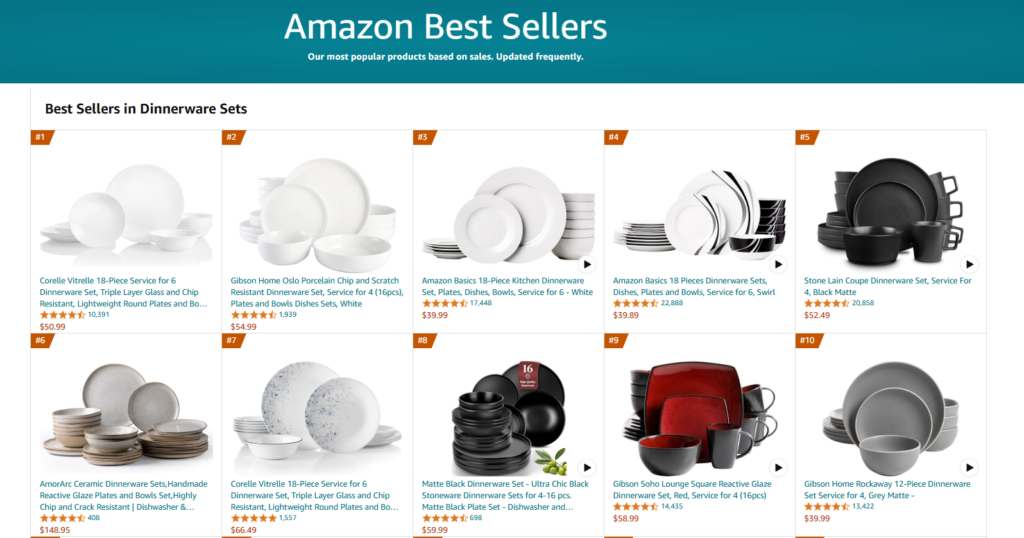Introduction
When choosing dinnerware or serving dishes, you may come across two popular options: bone china and stoneware. Each has unique qualities that cater to different preferences and practical needs. This guide dives deep into the characteristics of these two materials, comparing their appearance, durability, maintenance, and ideal usage. By the end, you’ll have a clear understanding of which suits your lifestyle and dining needs best.
What is Bone China?
Bone china is a refined ceramic material known for its delicate appearance and lightweight nature. It is made using a mix of bone ash, feldspar, and kaolin clay, with bone ash constituting up to 50% of the formula. This unique composition gives bone china its distinct translucent quality and high durability.
Key Features of Bone China:
- Elegant Appearance: Known for its pearly white sheen and fine, smooth texture.
- Lightweight: Easier to handle and move.
- Durability: Surprisingly strong despite its delicate look.
- Heat Retention: Keeps food warm for longer.
Popular Uses of Bone China:
Bone china is often used for formal dining, tea sets, and wedding gifts due to its luxurious aesthetic.
How Bone China is Made
Bone china is made from china clay, china stone and bone ash (made from animal bones). To create bone china, either china clay, china stone, bone ash, or a combination of the three is combined with porcelain clay and fired at a slightly lower temperature than porcelain.
What is Stoneware?
Stoneware, on the other hand, is a type of non-porous ceramic made from stoneware clay, fired at high temperatures. It is typically thicker and heavier than bone china, with a rustic, earthy appeal.
Key Features of Stoneware:
- Rustic Charm: Its earthy tones and textured finishes fit well with casual or modern dining.
- Durability: Resistant to chips and cracks, making it a favorite for daily use.
- Versatility: Microwave, oven, and dishwasher-safe.
- Heavier Weight: Offers a sturdy and robust feel.
Popular Uses of Stoneware:
Stoneware is often favored for everyday dining and cooking, as it handles heavy use and rough handling exceptionally well.
Amazon best sellers stoneware dinnerware sets
Whether you’re looking for dishes to use every day or want something fancier to complete your perfect dinner party tablescape, a good dinnerware set is a must. Personal style can play a large role in making your decision, but the best dinnerware sets should also be durable enough to withstand frequent use and cleanings.

Comparing Bone China and Stoneware
To help you decide, here’s a side-by-side comparison of bone china and stoneware:
| Feature | Bone China | Stoneware |
|---|---|---|
| Appearance | Fine, elegant, pearly white, and translucent | Rustic, matte, or glossy with earthy tones |
| Weight | Lightweight and easy to handle | Heavier and sturdier |
| Durability | Strong but prone to chips if mishandled | Highly durable, resistant to chips and cracks |
| Heat Resistance | Can withstand moderate heat | Excellent for high heat in ovens or microwaves |
| Care | Handwashing recommended for longevity | Dishwasher-safe, easy to maintain |
| Cost | Expensive due to its luxurious appeal | Affordable and practical for daily use |
| Best For | Formal dining, special occasions, and gifting | Everyday use, casual dining, and cooking |
Advantages and Disadvantages
Bone China
Advantages:
- Luxurious and elegant appearance.
- Durable and lightweight.
- Superior heat retention.
Disadvantages:
- Expensive compared to stoneware.
- Requires careful handling to avoid chips.
- Not always dishwasher-safe.
Stoneware
Advantages:
- Affordable and highly durable.
- Suitable for both oven and microwave use.
- Easy to clean and maintain.
Disadvantages:
- Heavier than bone china.
- Lacks the refined, elegant look of bone china.
Choosing the Right Option
Your choice between bone china and stoneware depends on your priorities:
- For Formal Occasions: Bone china’s elegance makes it a top choice.
- For Daily Use: Stoneware’s sturdiness and versatility shine in everyday settings.
- Budget-Friendly Option: Stoneware is typically more affordable.
- Ease of Maintenance: Stoneware is easier to clean and maintain, especially for families or busy individuals.
What is the difference between china, porcelain and bone china? a quick answer
Tips for Purchasing Bone China and Stoneware
- Assess Your Needs: Consider whether you need dishes for daily use, formal occasions, or both.
- Check Labels: Look for details like microwave and dishwasher safety.
- Feel the Weight: Bone china is lighter, while stoneware offers a heavier feel.
- Match Your Aesthetic: Choose designs that complement your table setting or kitchen decor.
Conclusion
Both bone china and stoneware offer distinct advantages, making them ideal for different settings and purposes. If you prioritize elegance and luxury, go for bone china. If practicality and durability are more important, stoneware is your best bet.

